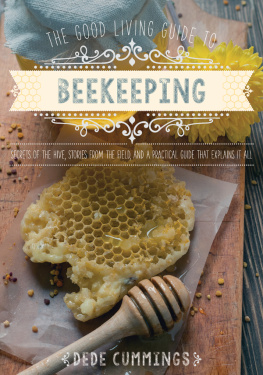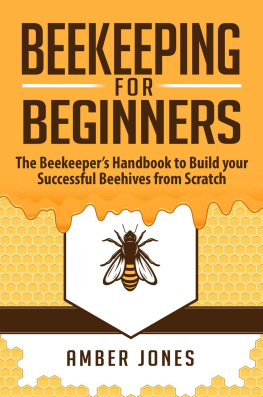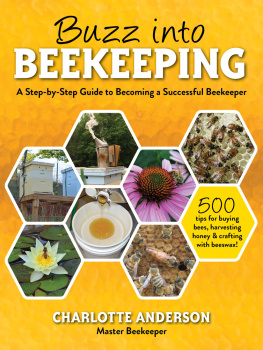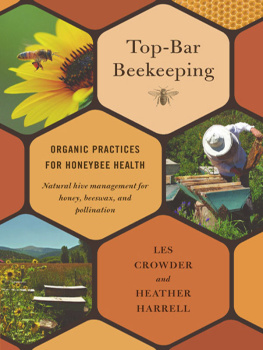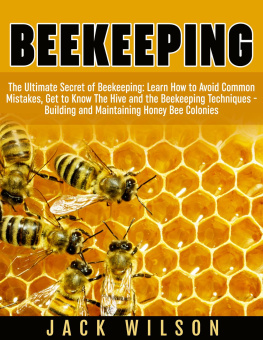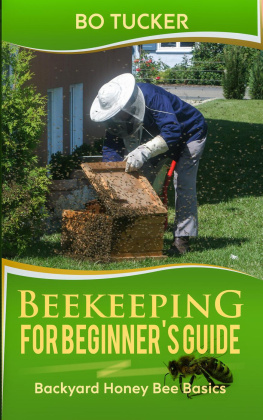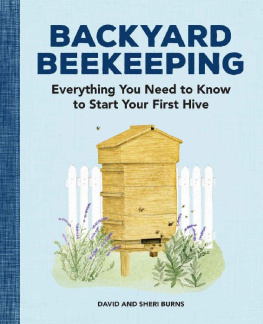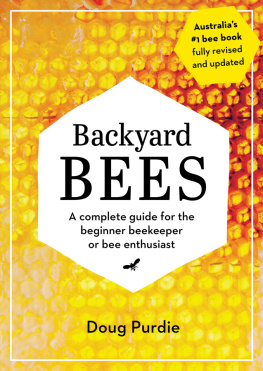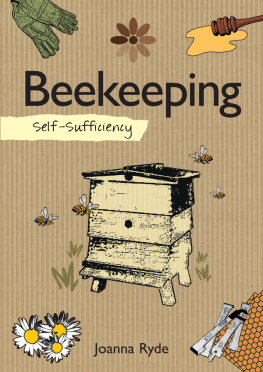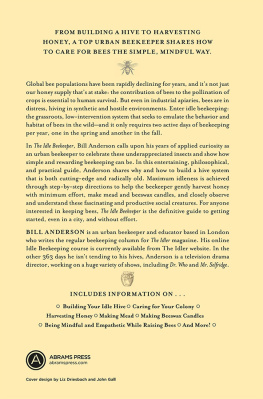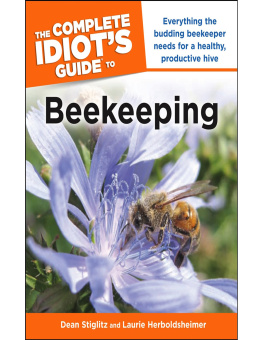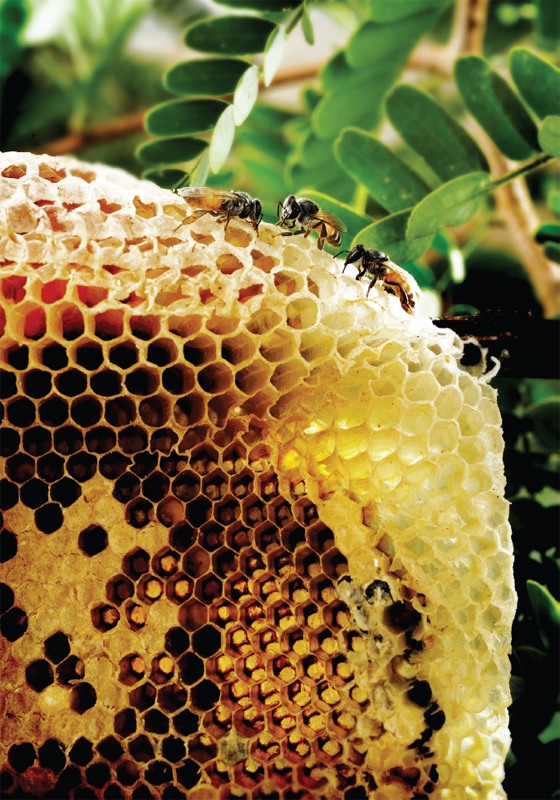
Copyright 2016 by Dede Cummings
All rights reserved. No part of this book may be reproduced in any manner without the express written consent of the publisher, except in the case of brief excerpts in critical reviews or articles. All inquiries should be addressed to Good Books, 307 West 36th Street, 11th Floor, New York, NY 10018.
Good Books books may be purchased in bulk at special discounts for sales promotion, corporate gifts, fund-raising, or educational purposes. Special editions can also be created to specifications. For details, contact the Special Sales Department, Good Books, 307 West 36th Street, 11th Floor, New York, NY 10018 or .
Good Books is an imprint of Skyhorse Publishing, Inc., a Delaware corporation.
Visit our website at www.goodbooks.com.
10 9 8 7 6 5 4 3 2 1
Library of Congress Cataloging-in-Publication Data is available on file.
Cover design by Jenny Zemanek
Print ISBN: 978-1-68099-059-1
Ebook ISBN: 978-1-68099-110-9
Printed in China
Permission gratefully received to use recipes from BeeMaid, Eating Well, Food Network, and the National Honey Board.
C ONTENTS

Photo of the author by Catherine Dianich Gruver.
F OREWORD

The plight of the honeybee and other pollinators has been the focus of much media attention in recent years. Issues such as Colony Collapse Disorder (CCD)where entire colonies of honeybees would for no known reason vacate a hivehave brought the threat to the continued existence of the honeybee to the worlds attention. This focus has led to the creation of the Saving Americas Pollinators Act (H.R.1284), which directs the Environmental Protection Agency to take certain actions related to pesticide that may affect pollinators. Beekeepers are on the forefront of this action.
Beekeepers share a relationship and a responsibility with and to the honeybee, one that is important from the most experienced beekeeper to the apprentice. Beekeepers also have a fiducial responsibility to learn and practice the art of managing healthy honeybees. As such, they tend to seek out new thoughts, ideas, and practices from other beekeepers in the hopes to improve their skills and refine the art of beekeeping.
You can usually find a group of beekeepers huddled in conference rooms buzzing about the latest research, eagerly lapping up every piece of sweet information. They peruse websites and newsgroups hoping to glean an insight into a new piece of information. They tend to be social people with a common goal... to manage healthy, productive honeybees. The honeybee is also a social being. Each bee in the hive, depending on gender and age, has specific hive duties. The males (drones) are responsible for providing genetic diversity and their sole job is to mate with a queen; the queens sole responsibility is to lay eggs; and the worker bee (female), throughout her lifetime, will play multiple roles within the hive ranging from feeding the young and guarding the hive, to foraging for pollen or nectar. The caste of this system is clear and work roles are well defined. They labor as a society to achieve the growth of the colony.
There could never be enough books written about honeybees. Just as each hive has its own personality so does each book written about bees. Dede Cummings provides a book with an approach that is unique in its application. Interspersed throughout the book are amusing stories about beekeepers as well as their individual techniques with beekeeping. Not only will the reader learn about necessary concepts like smokers, hive tools, or veils, but will also have the benefit of reading about actual examples of local beekeepers relating their successes and failures.
Cummings has bridged the gap between a typical textbook and how to book by providing the reader with pertinent information coupled with humorous, but applicable, real-world examples. The symbiotic relationship between beekeeper and honeybee is displayed by the words of the beekeepers as they discuss why they love keeping bees. The novice beekeeper will gain a foundational understanding of the basic requirements for beginning this fascinating hobby. The seasoned beekeepers will smile warmly as they recall similar experiences from their own work.
Thank you to Dede for preparing this book and giving us another reason to keep and love bees.
Scott Wilson, Vermont Beekeeper at Heavenly Honey Apiary

I NTRODUCTION
Weeds are flowers, too, once you get to know them.
A. A. Milne, from Winnie the Pooh
As a girl growing up in New England, I remember being fascinated by bees and honey and Winnie the Pooh . Down by the well on the property we rented in the summertime, I would curl up with the book and, uninterrupted by the voices of my younger sisters, was free to read and linger on each page. Sometimes I put the book down and explored by the brook.
It was there, in southern Rhode Island, when I first came upon a bee. It was late spring, and the solitary creature was slowly making its way from flower to flower. There were willow trees bending to the water. I pulled on one of the long tassels and watched as the bee busied itself with the blooms. There was an old orchard of apple trees just beyond the brook. I was fascinated. I sat and watched this industrious creature, curious as to why it was alone when I had read a book at school about hives and colonies.
I have since learned that the single bee I saw that day was a native bee. The solitary bees were here before the Native Americans lived and long before the settlers arrived, bringing with them the honeybee. The solitary bee was in fact native to North America; the honeybee was native to Europe (also Africa and Asia).
This early fascination with bees has led me to my new passion: learning about the kind of bees that make honey. I use honey every day. I coax a spoonful into my English breakfast tea every morning, spoon it onto a banana for a snack, use it for baking. I gave up refined sugar a few years ago and now only use honey when I want a little sweetener.
I did this for health reasons. Honey is a monosaccharide, a much healthier and more easily digestible alternative to trisaccharides like table sugar. And it is so prettyit is golden in my glass Ball jar that I use for refilling. I keep it on a counter in my kitchen and sometimes the sun hits it just right and it almost glows.
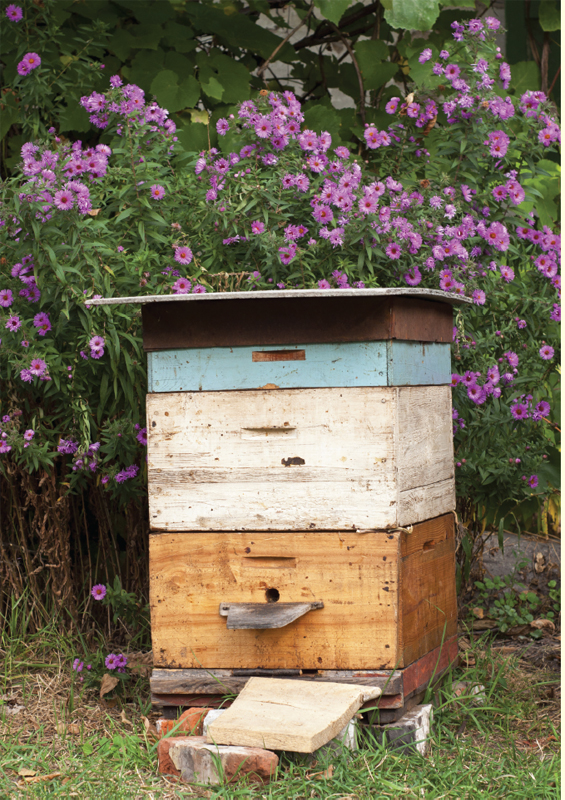
PART I
ALL ABOUT BEES
The keeping of bees is like the direction of sunbeams.
Henry David Thoreau


